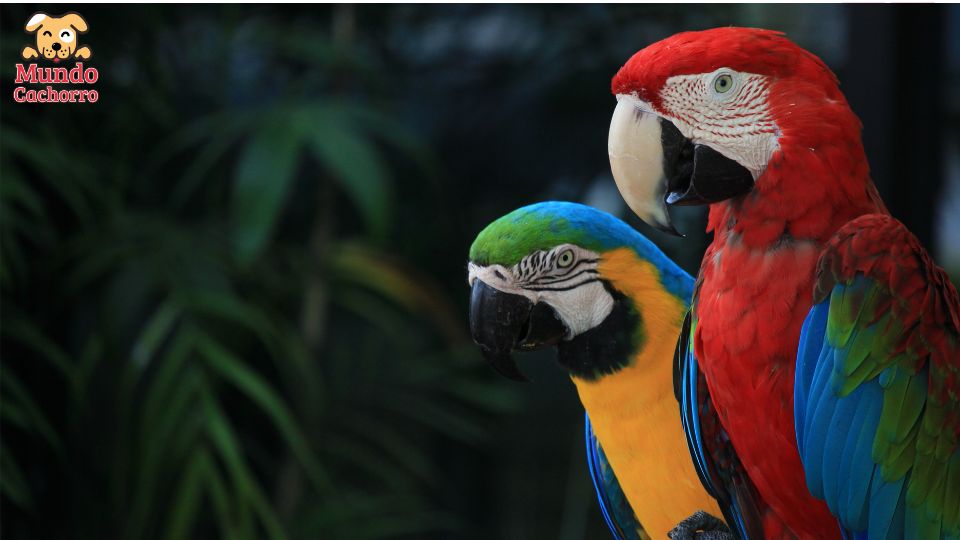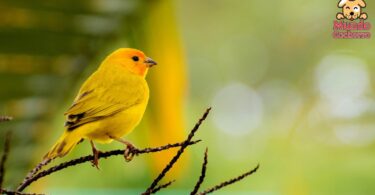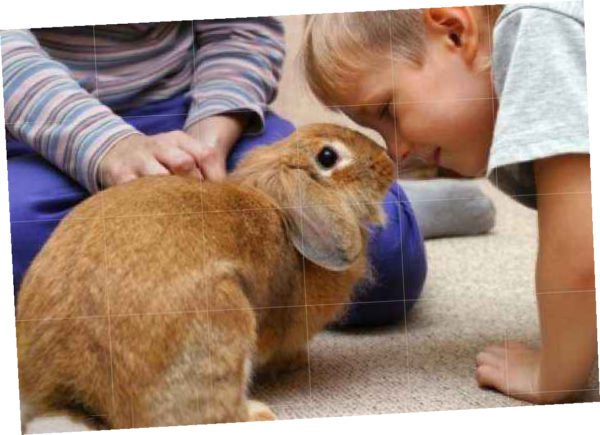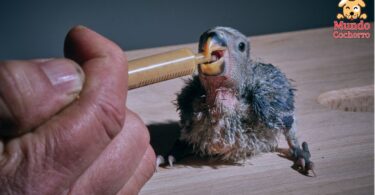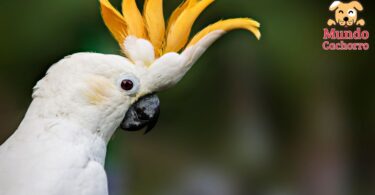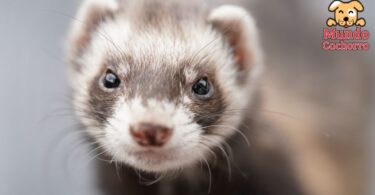Parrots are fascinating birds known for their intelligence, communication skills and unique behaviors. Next, we will explore some curiosities about parrots. It is very possible that you will find in this post some facts about these charming animals that you may not have known.
Indice
Parrot Curiosities
Amazing imitators
One of the best known curiosities of parrots is their ability to imitate different sounds. In fact, parrots are famous for their ability to reproduce sounds, including human words and phrases. This ability is due to its specialized vocal organ called the syrinx. Some species, such as the African Grey Timneh and Congo Grey parrots, are particularly talented at imitating the human voice with surprising accuracy.
Impressive longevity
Parrots are known to live a long time compared to other birds. Some species can live up to 80 years or more in captivity. This fact means that parrots can become life companions for their owners and often require long-term care.
Species diversity
There are more than 350 species of parrots in the world, found in a wide variety of habitats, from tropical rainforests to arid deserts. Each species has unique adaptations that allow it to survive in its specific environment.
Recognized intelligence
Parrots are considered one of the most intelligent birds. They have the ability to solve simple problems, learn tricks and communicate with humans and other parrots. Some studies have shown that parrots have cognitive abilities comparable to primates in terms of problem solving.
Why parrots imitate human language
Social birds
Many parrot species are extremely social and have the ability to form strong bonds with their group mates.
This social interaction is not only fundamental to their social structure, but also crucial to their emotional well-being.
Parrots enjoy the company of both other parrots and humans, which is evidence of their gregarious nature.
Regular and meaningful interaction with their conspecifics or human caretakers helps them maintain a healthy mental state and prevent stress and anxiety behaviors.
This is particularly important in captive environments, where lack of adequate social interaction can negatively affect their health and behavior.
Therefore, it is essential to provide these intelligent and emotional birds with many opportunities to socialize, which enriches their environment and contributes to their overall happiness.
Varied diet
The diet of parrots is remarkably diverse and varies significantly depending on the species.
Generally speaking, these birds feed on a wide range of fruits, seeds, nectar and flowers, taking advantage of the rich resources of their natural habitat.
In addition, in some cases, parrots incorporate insects into their diet, providing essential protein for their nutrition.
Some parrot species have even broader diets and may consume small mammals and reptiles, demonstrating the adaptability and ability of these birds to exploit diverse food resources available in their environment.
This variability in diet not only reflects the adaptability of parrots to different ecosystems, but also their intelligence and ability to find and process a variety of foods.
Spectacular coloring
Parrots are famous for their brilliant plumage and the diversity of beautiful colors they display.
These vibrant colors are not merely aesthetic; they play a crucial role in various aspects of parrot behavior, especially in courtship and communication between parrots.
The intensity and variety of hues not only help parrots attract mates during the breeding season, but also facilitate identification between individuals and may even be a sign of health and vitality, important factors in mate selection.
In addition, these bright colors can act as an effective camouflage mechanism, helping parrots blend in with the fruits, flowers and foliage of their natural environment, protecting them from predators.
The sounds of parrots, we explain what they are like
Left-handed parrots
As in humans, parrots may also show a clear preference for using one of their legs or claws more than the other.
This inclination has been the subject of several studies, which reveal that some parrots tend to be “left-handed”, that is, they prefer to use their left paw to perform various activities, while others are “right-handed”, favoring the use of the right paw.
This interesting characteristic demonstrates the complexity of the behavior and neurology of these intelligent birds.
Mimicry in nature
Some parrot species have surprising behaviors in the wild. For example, the Dracula parrot has an unusual form of camouflage: when it feels threatened, it perches on a branch and presses its head down, causing its beak to protrude and resemble a dead branch.
Why have a pair of parrots at home?
In summary, parrots are extraordinary creatures with a wide range of interesting behaviors and unique adaptations. Their intelligence, sociability and beauty make them fascinating subjects of study and delightful companions for those who care for them properly.


